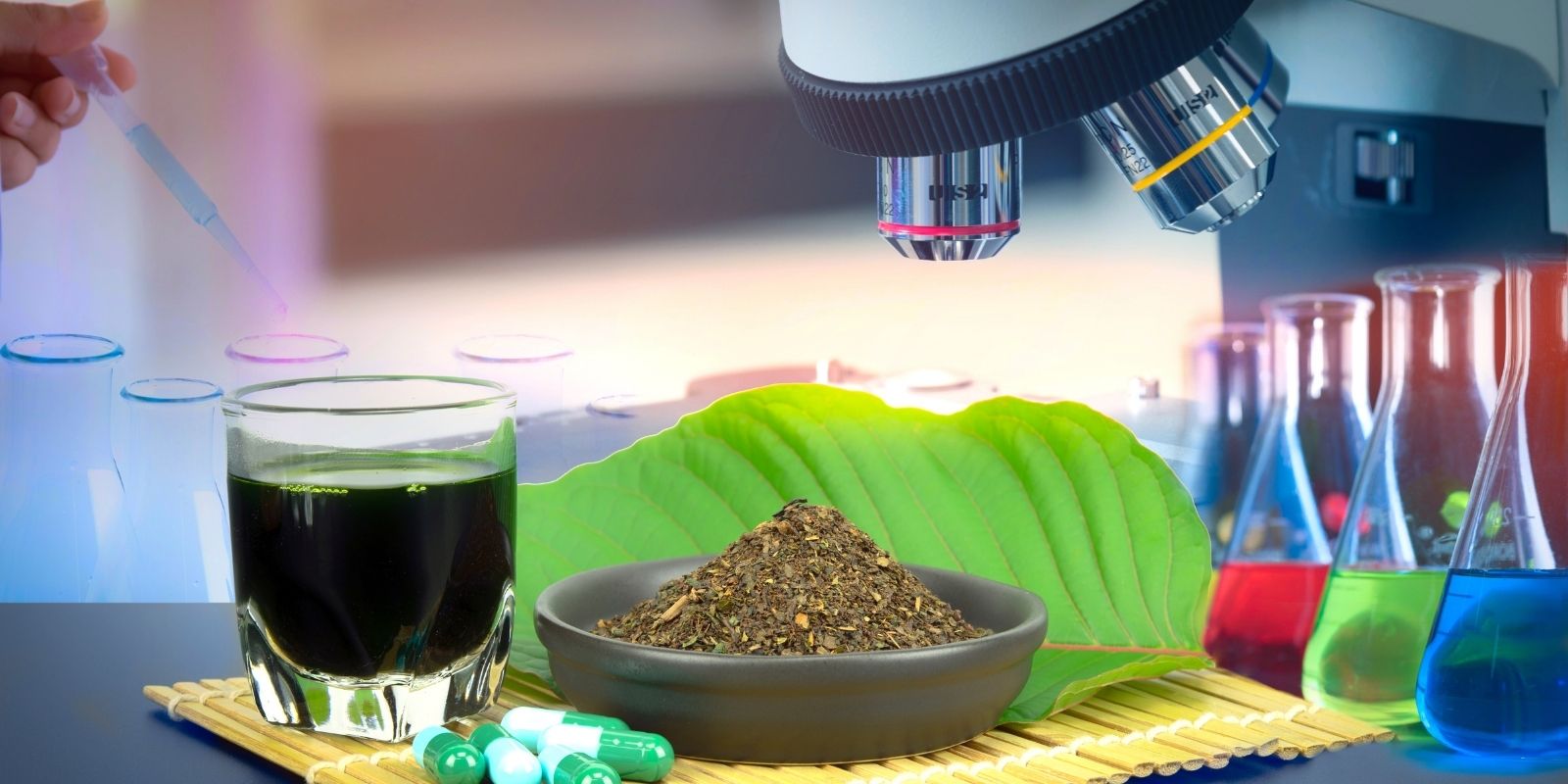Probably one of the most misunderstood substances in the modern world, Kratom is a divisive subject that sees passionate proponents and harsh critics. On one hand, many people are told that Kratom is a type of opioid, the same family of drugs as opium and heroin, and as such, should be treated the same way.
On the other hand, scientists, doctors, Kratom vendors online, and even the Federal government, see Kratom as a natural and relatively safe substance that can have a host of health benefits to regular users. That being said, these health benefits only happen if the Kratom people get is from a trusted source and if it is used responsibly and with proper medical guidance.
So, if even the DEA thinks that Kratom is ok, why are so many people still afraid of this natural herb? Well, a lot of it comes from how the chemicals in Kratom affect the brain. Let’s take a look. But first…
What Exactly Is Kratom?
For all intents and purposes, Kratom is a type of plant in the Coffee family. It is native to both Southeast Asia and Africa, with indigenous cultures from both continents utilizing the leaf for a wide variety of purposes, mostly medicinal. Traditionally, the Kratom leaves are chewed whole and was used to treat musculoskeletal pain and lethargy, but was also used as an aphrodisiac and as a local anesthetic.
In Thailand, Kratom was traditionally used in both religious ceremonies and in casual, everyday life, with the leaf generally being seen as an energizer that can keep people alert and enhance their moods during monotonous and laborious tasks (such as meditation, or social visits). Kratom effects can range from energizing, euphoric, and even sedative and calming. This, of course, depends on the type of Kratom plant that one chews, with some plants even known to make people more ‘sociable’, an effect that has not gone unnoticed by the ancient Thais.
These indigenous cultures were already aware of Kratom’s natural effects on the body, and this is all because of a specific chemical (which is derived from the Kratom plant’s scientific name): Mitragynine.
Mitragynine: Kratom’s “Controversial” Component
Mitragynine is the most abundant chemical in Kratom leaves and is an indole-based alkaloid. This chemical acts on a wide variety of receptors in our central nervous system, particularly our opioid receptors.
And that’s where people start forming misconception.
At its most basic, our body’s opioid receptors are a type of protein receptors that react specifically on opioids. Opioids, on the other hand, are a type of substance that provide the body with effects similar to the controlled substance morphine. Opioids are, in general, also a controlled substance because people tend to abuse these drugs for recreational use.
However, although Mitragynine acts on our body’s opioid receptors, it’s not an opioid in and of itself. This is, perhaps, the most important distinction people need to understand about Mitragynine, and by extension, Kratom itself: while the effects of Kratom can be similar to morphine and other opioids, it isn’t actually an opioid. This is why Kratom is legal in a wide majority of states in the country.
But what about all the ill effects people are reporting? Well, as with any substance that’s abused, Kratom can also have negative health effects like nausea and headaches, but only when people do not dose properly, if their Kratom is impure or cut with anything else, or when it’s used with an illicit substance, none of which point to Kratom in and of itself.
In fact, the toxicology of Kratom on the human body is still a matter of fierce debate amongst scientists, particularly because in-depth experimentation has yet to be fully explored, with animal studies controls providing results that are both too variable and limited in scope for them to be relevant to the human body.
One thing can be said, though: because Kratom acts on the opioid receptors of the human body, its use as a treatment for opium addiction and withdrawal has been observed by mental health experts to be successful, with former patients reporting a stark decrease in opioid dependence after Kratom usage. It’s also been cited as a viable alternative therapy for chronic pain, as Kratom has been observed to have antinociceptive properties.
Learn More About Kratom With Dakind Botanicals
There are dozens of Kratom vendors online, but we at Dakind Botanicals are one of the few who have actually taken the time to actually study Kratom’s effects from a scientific point of view. Because we respect the science behind the plant, we know exactly how pure our products are. As for dosage, it’s always best to take it easy and start with the lowest dosage. In this way, you’re able to better judge how fast your metabolism can process Kratom. Visit our Kratom FAQ if you have any further questions regarding the substance’s effects, recommended dosage, and legality.




